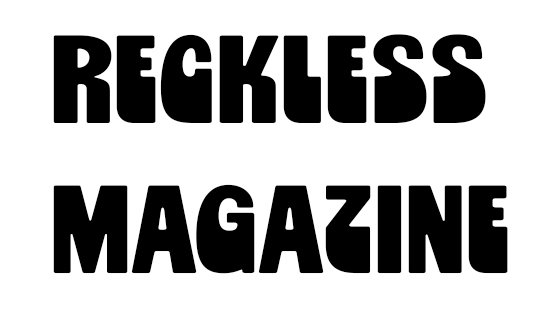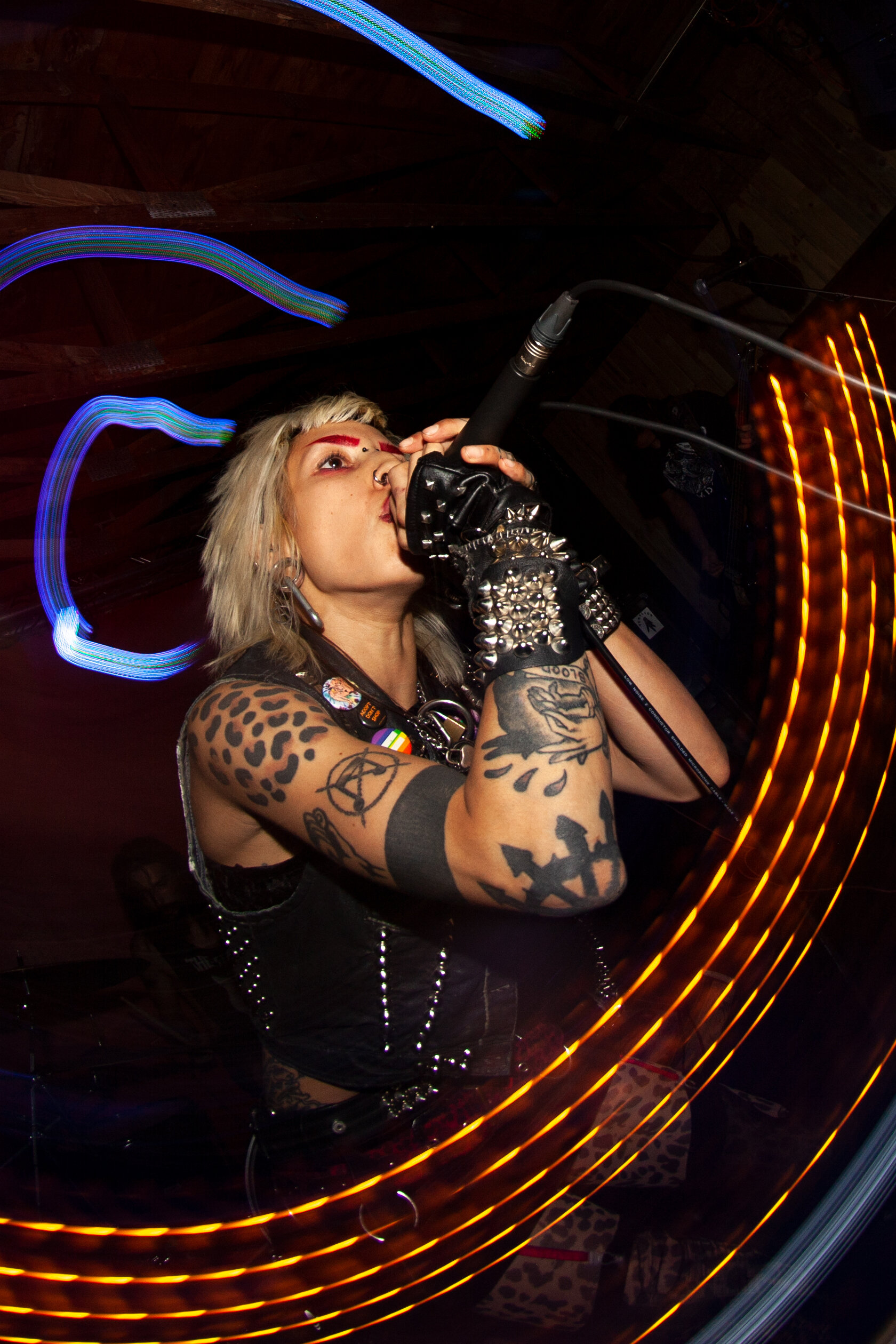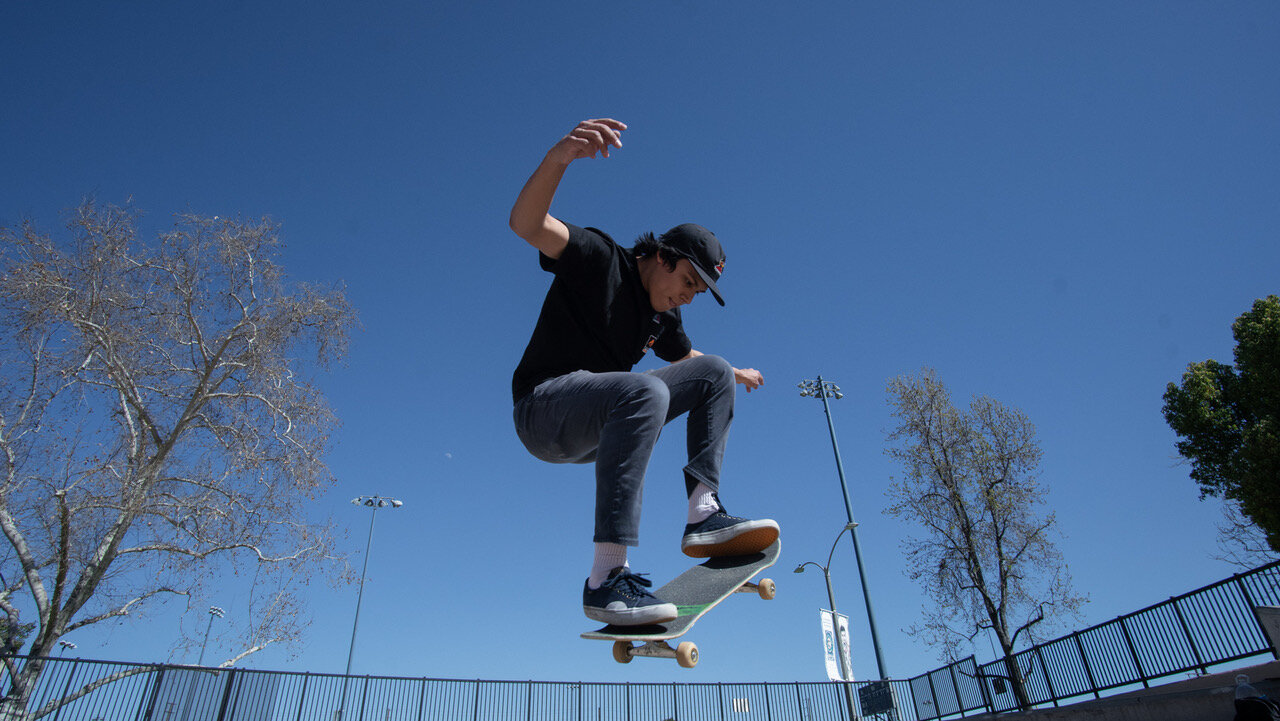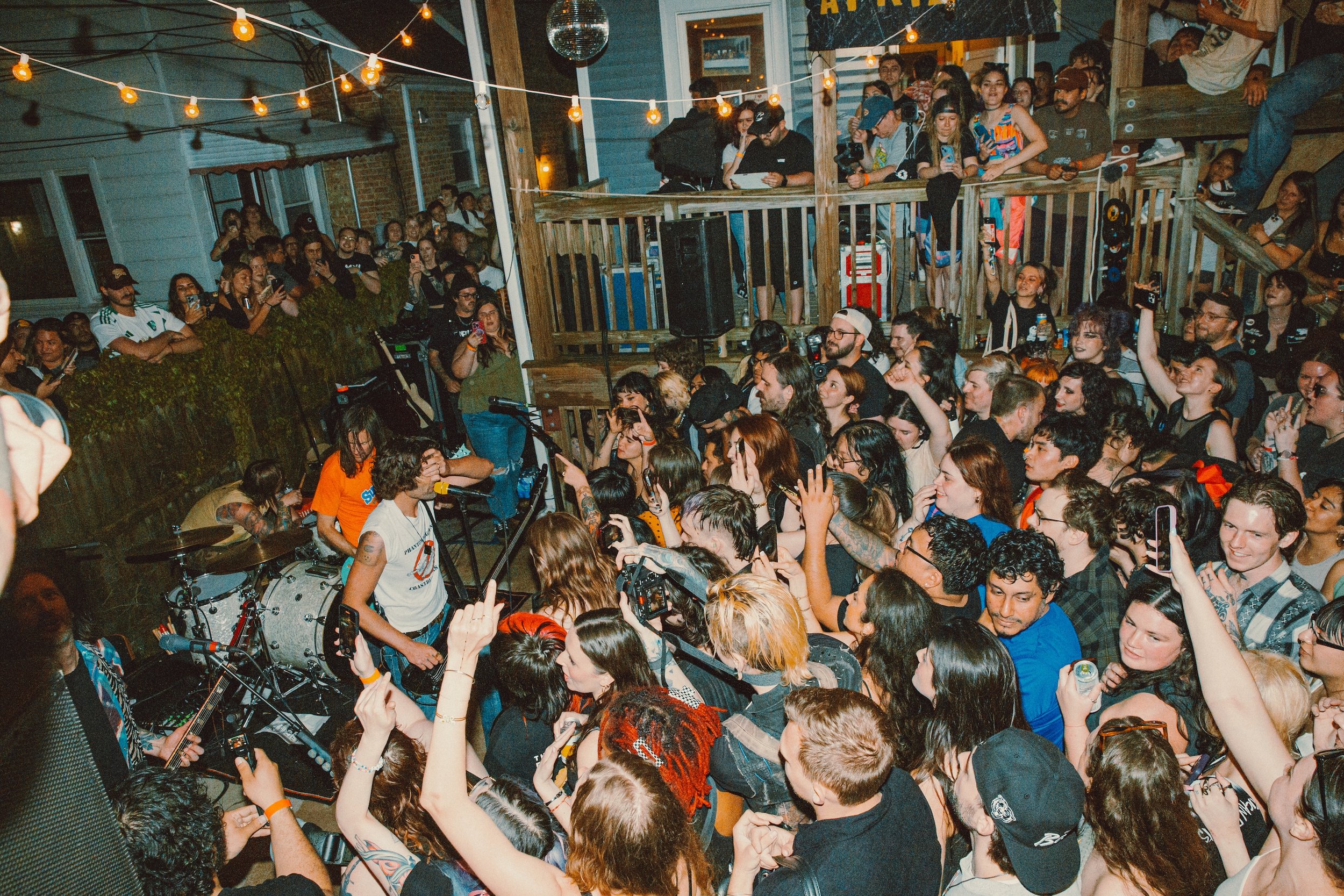Punk's Not Dead, It's Hidden

SLC PUNK
Photography By Landon Hale
Music photographer and photojournalist Landon Hale is gearing up to release his book, “Punk’s Not Dead, It’s Hidden”, a three year photo project documenting the punk, hardcore, and DIY communities in Salt Lake City, Utah. Landon talks about his process of choosing images for the book, developing communication skills as a photographer, and the importance of the Salt Lake City music scene.
Salt Lake City, USA
What is your history as a photographer?
When I was a little kid I always had a camera. Whether it be a disposable or a little polaroid, I was shooting photos of my friends constantly. When I was a little bit older I saw an old 411 VHS tape of Firm skateboards on tour in Barcelona and thought to myself “if these guys can skate the world with their friends and make it a career, that's what I am going to do with my life.” I started obsessively filming and photographing skateboarding after that. It has pretty much been a staple in my life ever since. Once I started getting really into photography I realized the camera is my key to any subculture that interests me. It’s single handedly responsible for me getting to meet my favorite skateboarding heroes, learning how to highline and getting deeply involved with different punk, hardcore and DIY communities. For the three years leading up to quarantine I was working on documentary film projects with musicians that made up some of the most legendary music of the rock era.
How has photography influenced your view of the world?
We have seen all this divisiveness all around us for the past few years and it just seems so dismal when you look at the world from a distance. But when you engage in your community and don't half ass a conversation with your fellow human, you really start to see the beauty and companionship that surrounds you. From the very beginning I was always infatuated with travel and seeing places off the beaten path. But once photography came into the picture it just seemed like more of an opportunity to document these places and people, so I started to seek that out. I’ve met some of the most important people in my life through shooting photos. Photography taught me how to talk to people and it killed the shyness of my youth. It taught me how to set goals and work towards things that mean something and it opened my eyes to the beauty of the world. I feel fortunate to have had all of the experiences photography has facilitated over the years. It's really taught me that if you have drive and passion towards something you can make it work out.
How did you start shooting music, particularly the punk scene in Salt Lake City, Utah? Why is this important to you?
When I was 15 I took a megaphone out of a radio booth at a skate contest and climbed on top of their tent, using the mic to draw a crowd. I started having people dance for free swag and the radio people loved it. They offered me a job a week later and that was the beginning of getting into any concert I wanted to. I started shooting all the time and became completely infatuated with live music. At first I was really intimidated by the Utah punk scene because it was extremely violent in the early days and some of this trickled over into the early 2000’s. It wasn't until I met Konrad Keele, a big figure in the local scene, that I stopped being so afraid and started attending shows. He was nice to me and did an interview with me for a school project. At the time he was booking a lot of bands and blending a lot of genres and the violence just kind of disappeared. My friends started forming bands and through supporting them I just kept getting deeper into the scene. Eric U. Norris, my best friend since childhood, formed a band called Anonymous. I think seeing them perform and grow as musicians is what really sent me, whole heartedly, into the local punk/hardcore scene.
You are coming out with your book, "Punk Not's Dead,It's Hidden". What is this book about? Why is it important?
For the past three years I have been photographing the Salt Lake City punk, hardcore and DIY communities. I knew I wanted to turn the photos into a project but I wasn't really sure of the direction until the pandemic happened and everyone went into lockdown. Music communities all over the world seemed to disappear overnight and in the midst of everything it wasn't certain that they were coming back. I decided to ask a few of the younger punk kids to write me messages talking about the importance that the punk community plays in their life. The writings I got back were so honest and touching, I realized this is the culmination of the photo project. So I started writing to people who made up the scene and collected the writings to accompany them with the photographs I have been taking over the last few years. To sum it up it’s a photographic memoir for punk in Utah. A love letter to a community that disappeared during the pandemic only to come out of hiding with a resurgence of studded energy.
Book Cover
How did you go about choosing which photos to publish? What kind of feelings and thoughts came up while looking back at the photos?
I wanted the energy of the music and the authenticity of the individuals who make up the community simultaneously displayed in this book. I feel like everybody plays a role in creating this amazing microcosm of sound and expression, so I gathered what I thought best represented the scene. I took a lot of portraits because I think they are the most intimate type of photograph because you have to gain trust and mutual respect in order for them to work. I also have a lot of live music photographed from the time before covid.
When I was going through my archive and choosing what to use it was just a trip through nostalgia. I was so lonely and upset through quarantine that this project allowed me to look forward to something and interact with the people I wasn't able to see. It made me realize why I love photography and why I love the punk scene. I felt like I was able to contribute something cool to the community. Something that people can look back on and remember these tough times and how we overcame it. Now that the show ban has lifted the resurgence in punk in Salt Lake is blowing up. There are a lot of new kids coming into the scene and it’s cool to see this new era start to take place.
How has this project allowed you to grow as a photographer and artist?
I can't express how important it is to be good at talking to people. Communication skills might be the most important thing in my approach to photography and I feel like I have cultivated my communication through this project. At first I was really shy and intimidated by a lot of the people but once I started approaching every single person and taking time to have a conversation, I learned more about people, community, mental health, art, expression and love for your fellow man, than I have through all my schooling and work experience combined. Talking to those who make up this world and creating a non judgmental conversation can go further than you think. It creates a safe space in the community and it encourages other people to be social and to be polite.That can change the world.
This project has taught me confidence as a photographer. I feel like I have always had some sort of a mental barrier in place that has prevented me from feeling totally confident but when I got the first letter for this book I realized it was an internal obligation to see this through and to truly put my heart and soul into it. Now that it’s finished, I know I can do big projects and help in some way preserve an important avenue for a lot of people. I plan to continue creating work like this for as long as I can, evolving and growing as time goes on.
In your opinion, what makes the punk scene in Salt Lake City unique and different from similar scenes in different cities?
Back in the 90’s and early 2000’s Salt Lake was know for having a super violent and scary hardcore culture. Mostly dealing with straight edge. Boston and Salt Lake are solely responsible for straight edge being added to the gang list. They both have pretty horrific accounts of sXe violence and I believe turned a lot of people away from the scene. Back then hardcore and punk were completely separated and the two genres did not mix. Things are insanely different now. Shows aren't dangerous anymore and there is such a welcoming energy. Hardcore and punk are now blended together at the majority of the shows. SXE kids run venues and create spaces for all kinds of music. They run vegan restaurants and have families. The violence of the scene grew up and now we are in a new era. This is the hardcore/punk I am documenting. I mean Salt Lake is a unique place. It’s founded by religion that is intertwined in every avene of local government and education. It’s hard for a lot of people to become individuals because breaking away from collective ideals can excommunicate you from your family and communities. I have been hearing about that my entire life. A lot of people have been raised on judgment and persecution from the people they love. The punk scene is the ideal subject for individual expression and it’s a safe environment for people who are transcending adolescence and learning about who they are and where they want to take their life. The people I have met through this project are some of the most open minded, non judgmental individuals I have found in Utah. When you look past the noise and the sometimes intimidating exterior you see the truth behind people and realize how meaningful music scenes can be.
What's next for the book,"Punk's Not Dead,It's Hidden"? What's next for you as an artist?
The book will be coming out either by late september or early october. The first version is limited to 100 signed and numbered copies. After those sell out there will be a second run of printing and a collectible expanded hardcover edition. I will be doing a book release accompanied by an art gallery in Salt Lake City with performances by some of the bands in the book.
As for me, I have another project in the works that is on the opposite spectrum of punk. It’s a sport called highlining. Highlining is where you basically walk between mountains on a thin piece of webbing. When getting involved with something I want to do a project on I go all the way in. With punk and hardcore I’ve been going to shows for 10+ years and shooting as many bands as possible, while simultaneously attempting to make music. With highlining, I’ve been learning how to walk a line and helping out where I can with setting up and community support. Whatever that may entail. I have a grand idea but you’ll have to stay posted to find out what it is…
Thank you for taking time to talk with me and supporting my book. If anyone has any questions or wants to know more about the punk scene in Salt Lake, contact me through instagram. I'll answer any questions you might have. Cheers.






